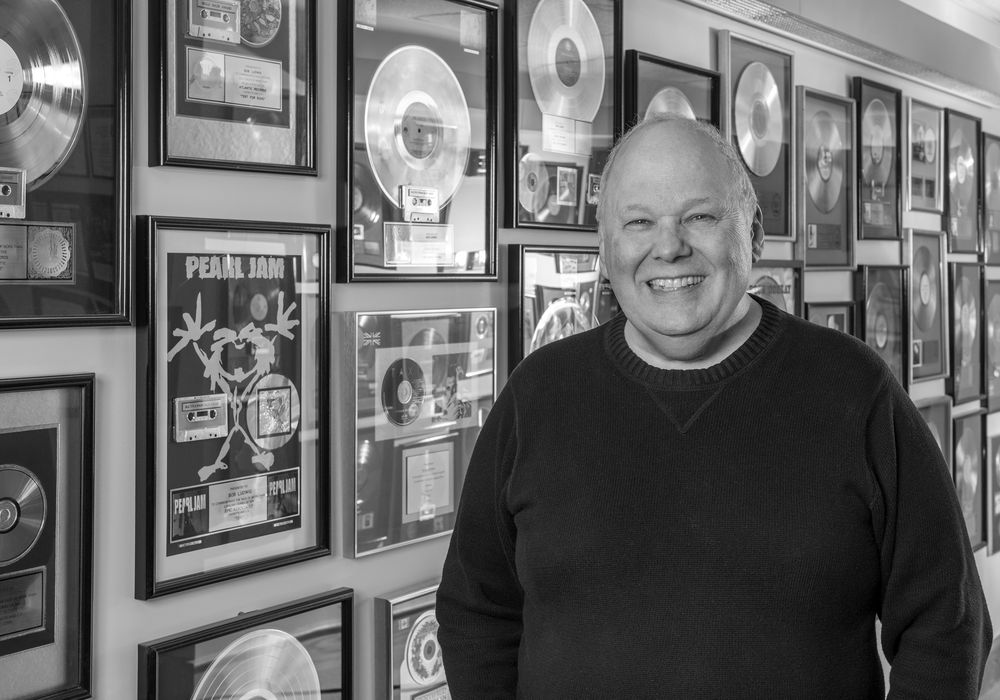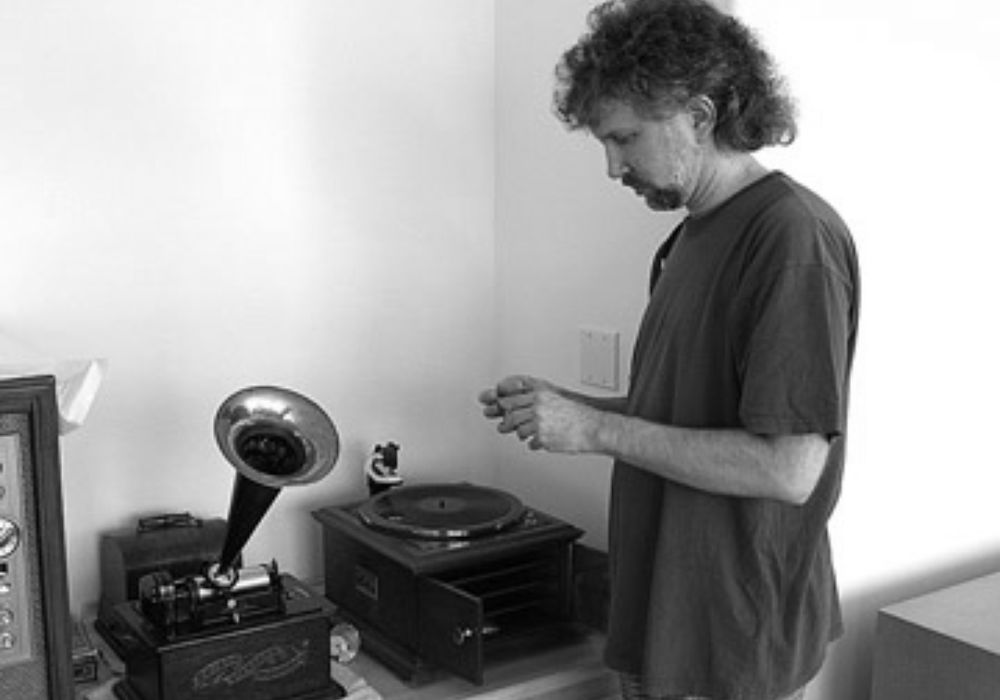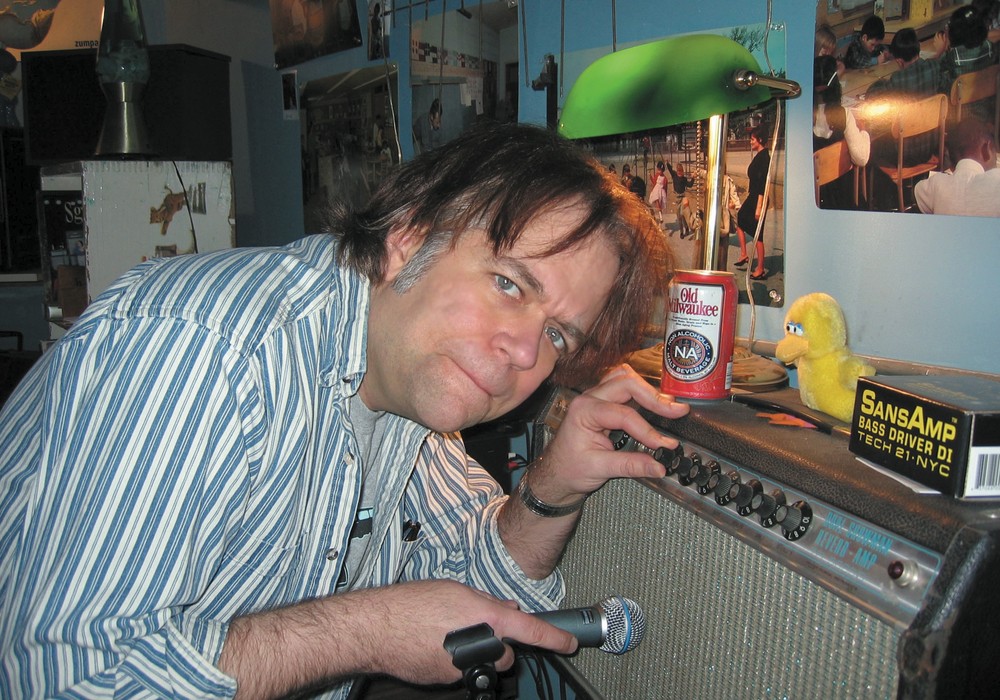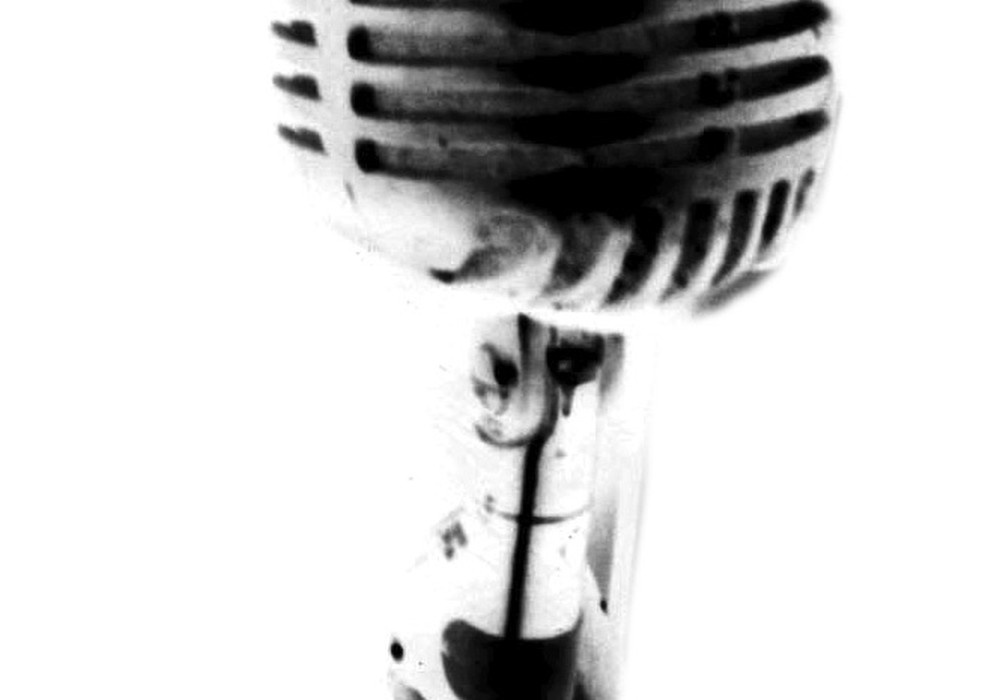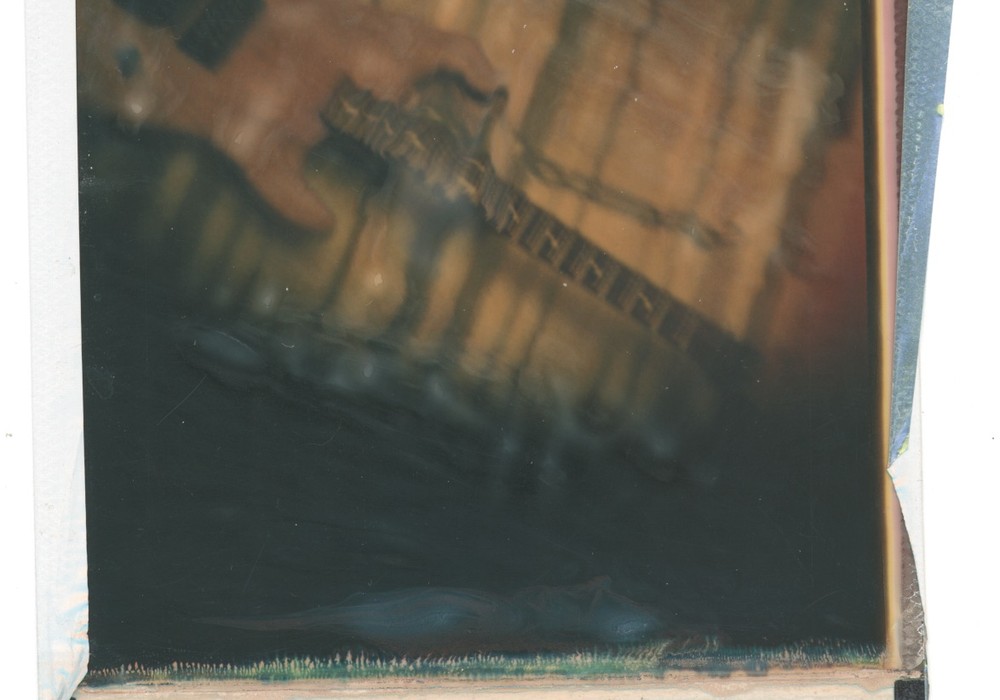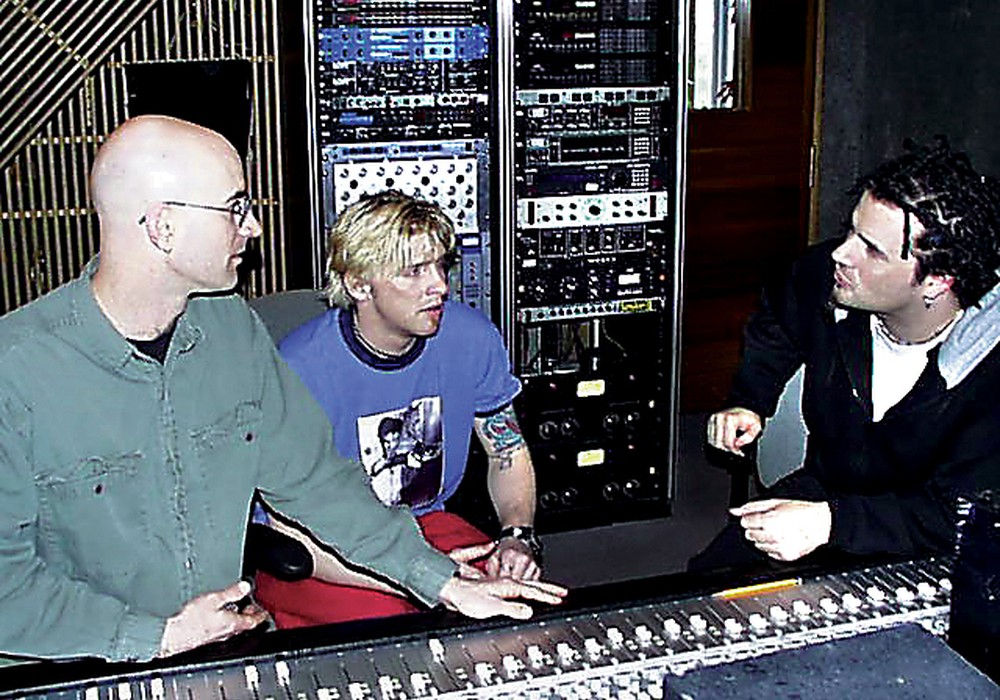Admit it. Some of you don't understand what mastering is, what it does, and why you need it. I've had a hard time explaining it to clients in the past and thought I'd do good to call my pal Karl Bartlett, who's been mastering records in Nashville for several years now, and ask him to help shed some light on this oft misunderstood process.
So why does a release need to be mastered?
It varies. Sequencing and the spacing between songs is definitely part of it. It used to be done on analog tape but now everyone's mixing to DAT and you can't splice DAT. Any crossfades are much easier to do now than with analog.
You had to get three tape decks.
Oh yeah, and you're adding more noise. Now you just click and drag. You can do 100 second crossfades. So there's the sequencing part of it and there's two sonic parts to it. One is that you want it as loud as possible.
What do you mean when you say "loud"?
I'm talking about VU really. VU verses peak. Meters now, like the meters on DAT machines, are closer to peak but they're kind of in the middle--they're really neither. If you have a really good set of meters, like a Durrough, it'll show you both. Zero VU is generally about -14 dB from zero these days. That means that if you're sending a zero tone out of your console it should show up at -14 on your DAT machine. What that implies is that you have -14 dB of headroom for your peaks above your average. VU is like your average volume. Let's say you take Oasis or Cracker or somebody that Bob Ludwig (or somebody like that) has had his hands on. You'll find average VU on the whole record will be +6 with VU peaks that are insane, at +10 or even a little more. If your VU is +14 you're just pegged. It's zero and the needles won't even move. That does exist in certain cases and it's a little bit overboard. You'll actually start distorting some analog stages of your output devices if you overdo it. Compression is the way that you can bring up your VU without getting over. Plus limiting on top of that. So the main thing is you want it loud, so it sounds like everything else on the radio and so you get the most out of whatever gear you're playing it out of. The gain is nice and high so you don't have to crank it up and get a lot of extra hiss in there. The other sonic part of mastering, that's probably the biggest thing of all, is that you want consistency from song to song. You want it to sound like one album... you don't want it to sound like 10 different mixes. Even though you probably want some variety, like you didn't just push up the faders and let all 10 songs roll, you want some variety in your songs but you want it all to sound like a consistent album with consistent amount of bass, treble and volume. So no listener should have to reach for their bass, treble or volume knobs during the whole album. You may want it to breathe more, like a quiet part and a loud part, and that's where it comes into a subjectivity of how squashed (compressed ) you want it, from just straight out, in-your-face rock and roll to a jazz project or classical, which is obviously gonna have a lot more dynamic range to it. So those are the three main reasons to master. Make it sound clear, with a proper high end and low end. There's kind of an objectivity about it at that point where I'll use my ear. I've mastered probably 500 albums or more, so I have a pretty good idea now of where the frequency response should be, depending on the kind of music. It's to the point where I'm pretty much objective. Then it'll come back to a subjective point of just how crunchy do you want it, just how bassy do you want it, how bright do you want it--which comes to the producer and other people to tell me what they had in mind beyond the overall objective frequency response and stuff.
But say some band just finished recording, everything came out great, they played the tapes on different systems and it never seems to be lacking. They want to just put it on CD and be...
The rest of this article is only available with a Basic or Premium subscription, or by purchasing back issue #5. For an upcoming year's free subscription, and our current issue on PDF...
Or Learn More


